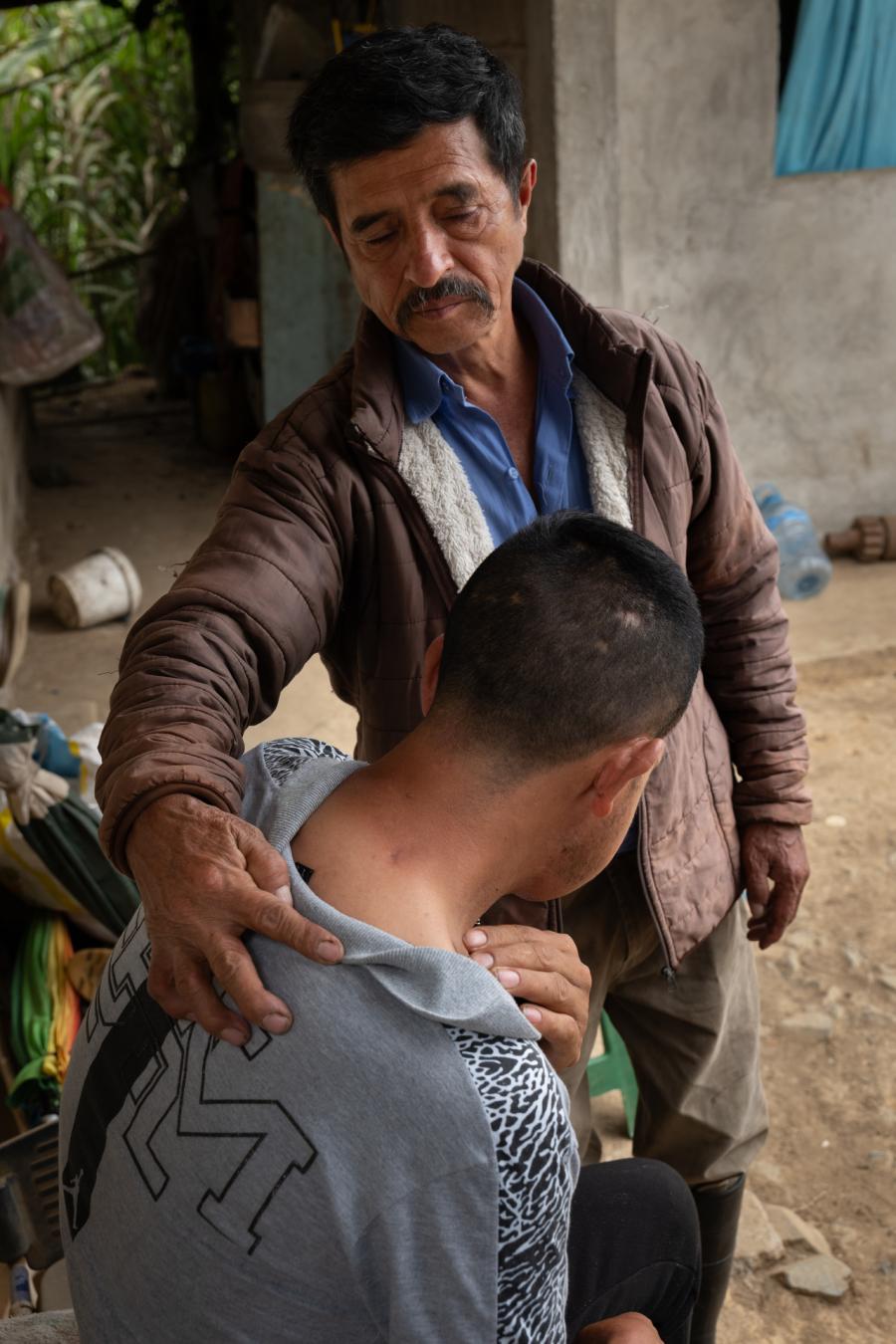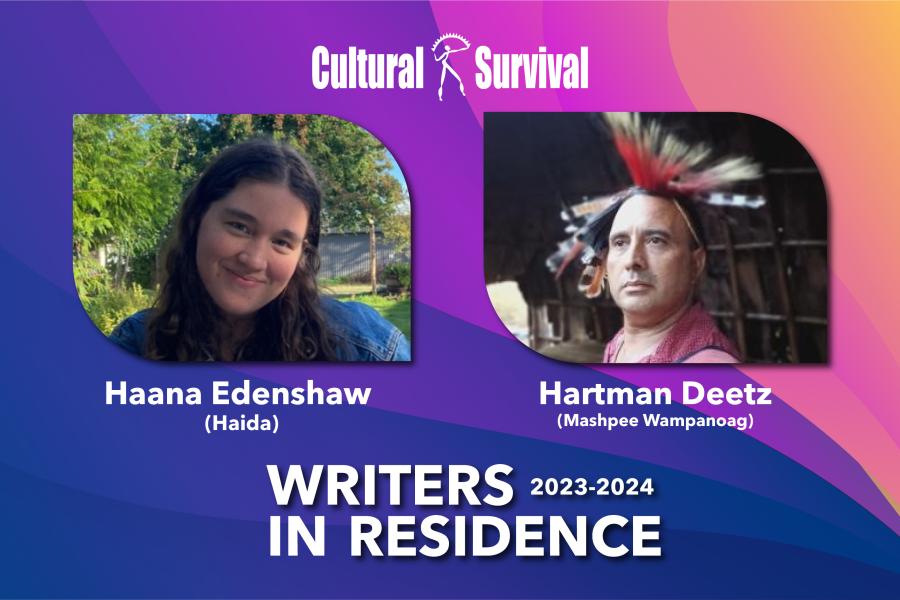The knowledge traditions of Salish country are neither old fashioned nor out of date. Indeed, this body of knowledge collected in the people, stories, songs, and the land has the most modern application: prevention and treatment of chronic diseases that now afflict growing numbers of native peoples as well as non-natives living in Salish country. We use “Salish country” to identify a region of coastal northwest United States and southwest Canada and parts of their interior where peoples as similar and different as the Wuikinuxv, Wenatchee, Semiamoo, Skagit, Quinault, Clatsop, and Siletz live. What these peoples and their immediate neighbors share are rivers and other water pathways connecting them and languages rooted in what the linguists call Salish. These connections fostered cultural ties that have existed over the millenia and to the present day.
The Salish cornucopia includes a great abundance of roots, greens, berries, nuts, apples, seeds, flowers, honey and tree sap, tree bark, fresh plant sprouts, spruce tips, deer, elk, bear, pheasant, ducks, geese, freshwater eel, bullheads, trout, bass, and sea foods including seaweed, crab, seal, whale, sea urchins, mussels and clams, salmon, cod, halibut, and the small fish they call the oolichan. Together these foods and medicines provided a healthy balance of nutrients.
In addition to the types of foods, the ratio of food categories reflect the needs of indigenous peoples living in their original territories. For the Salish, both proteins and fats predominate, with seasonal access to roots and berries, which are also dried for the winter season. The abundance of protein from sea and land animals and the fats from fish and sea mammals are a source of balance. The berries, rich in blues and reds, provide anthocyanadins, which are important preventive antioxidants that protect cell growth and essential fatty acids.
One of the most important Salish foods is the oil of the oolichan (Thaleichthys pacificus). Along with salmon, seal, herring, eel and whale, the oolichan (also known by names like candle fish and smelt) is a source of rich oil used to flavor bland vegetables or meats or enhance the flavor of fruits and berries; and to preserve them from spoilage. This important oil is available only from the silvery oolichan that come up coastal rivers in Salish territory. Like salmon, oolichan live nearly all of their lives in the ocean and return to their native rivers to spawn the next generation. They have historically come in such large numbers that they were easily captured in large nets or in weirs by the thousands. The sharp decline of the oolichan because of habitat destruction has for many Salish people been a source of great concern.
Oolichan oil is a favored condiment for dipping foods and binding dried fish cakes or berry cakes, and it is also a powerful salve for burns, insect bites, abrasions, and chronic skin conditions. As a waterproofing agent there are few substances that can compete with oolichan oil. It was traditionally used with moss to help seal cracks in canoes, to soften leather and protect it from water damage, and to seal leaky roofs. Oolichan grease also was added as a preservative, binder, and flavoring to dried berries like salal or choke cherries to form large cakes, which become food for the winter, a time when no berries are available. Oolichan oil has a relatively high docosahexaenoic acid (DHA) content—a remarkable 1,500 percent increase after ripening and rendering. DHA repairs and builds material for the brain nerve synapses and is an important substance for replacing the sticky surface of blood cells with a slippery coating, thus reducing the tendency of blood cells to clog the arterial system. Oolichan oil and other marine sources of DHA and eicosapentaenoic acid (EPA) are now used to treat depression, post-traumatic stress disorder, addictions, auto-immune diseases, childhood learning disorders, and chronic pain at the Center for Traditional Medicine clinic in Olympia, WA.
Only in recent decades have some of these foods been restored as a result of Salish peoples protecting and re-establishing some plants, fish, and animals in the wild. Monica Charles, a community activist from the Lower Elwha tribe on the Olympic Peninsula, participated in the Seven Sacred Foods Feast held at the Nisqually Tribal Elder’s Center in 2001 and returned home to organize community feasts. Today more than 600 people from all over the coast and peninsula bring traditional foods to celebrate at Lower Elwha twice a year.
Rudolph C Ryser, PhD, is a Taitnapum-Cowlitz and the founder of the Center for World Indigenous Studies (www.cwis.org) in Olympia, Washington. Leslie Korn, PhD, MPH, is the founder of the Center for Traditional Medicine (www.centerfortraditionalmedicine.org). Both organizations have been at the forefront of traditional food restoration in the Pacific Northwest, sponsoring workshops and participatory research designed and coordinated with tribal communities to encourage restoration of these important foods and medicines.



